Low Rank Phase Retrieval
Problem Formulation
Low rank phase retrieval (LRPR) problem refers to recovering a low-rank matrix $\boldsymbol{X}^*$ from magnitude-only (phaseless) measurements of random linear projections of its columns.
It means that, instead of a single vector $\boldsymbol{x}^*$ (like general phase retrieval problems), we consider a set of $ q $ vectors, $\boldsymbol{x}^*_1,\boldsymbol{x}^*_2, \dots, \boldsymbol{x}^*_q$, such that the $n \times q$ matrix, \[ \boldsymbol{X}^*:=[\boldsymbol{x}^*_1,\boldsymbol{x}^*_2, \dots, \boldsymbol{x}^*_q], \] has rank $r \ll \min(n,q)$. For each column $\boldsymbol{x}_k^*$ of $\boldsymbol{X}^*$, we observe a set of $m$ measurements of the form \begin{eqnarray} \boldsymbol{y}_{i,k}:= |\boldsymbol{a}_{i,k}{}'\boldsymbol{x}_k^*|^2, \ i = 1, 2, \dots m, \ k=1,2, \dots, q. \label{exact_mod} \end{eqnarray} These measurement vectors, $\boldsymbol{a}_{i,k}$'s, are mutually independent.
This problem is different from low rank matrix sensing, where samples are global, and low rank matrix completion, which needs completely local samples. In our problem we have non-global measurements of $\boldsymbol{X}^*$, but global for each column.
Please cite following papers when you use the MATLAB code for video results.For better and newer algorithms please refer to the following papers and please cite the papers when you use their MATLAB code.
S.Nayer, P.Narayanamurthy, N.Vaswani, "Phaseless PCA: Low-Rank Matrix Recovery from Column-wise Phaseless Measurements", ICML 2019.
S.Nayer, P.Narayanamurthy, N.Vaswani, "Provable low rank phase retrieval", IEEE Transactions on Information Theory 2020.
S. Nayer and N. Vaswani, "Sample-efficient low rank phase retrieval ", Submitted to IEEE Transactions On Information Theory, 2020.
S.Nayer, N.Vaswani, "PhaST: Model-Free Phaseless Subspace Tracking", The 44nd IEEE International Conference on Acoustics, Speech and Signal Processing (ICASSP) 2019.
S.Nayer, N.Vaswani, "Phaseless Subspace Tracking", The 6th IEEE Global Conference on Signal and Information Processing (GlobalSIP) 2018.
Comparison of Original Videos and results of LRPR2, Using $m=3n$ CDP Measurments
|
|
|
|
|
|---|---|---|---|
| Original | Original | Original | Original |
| Our method | Our method | Our method | Our method |
Recovered Frames 1 and 104 of various methods from $m=3n$ phaseless masked Fourier (CDP) measurements
 | 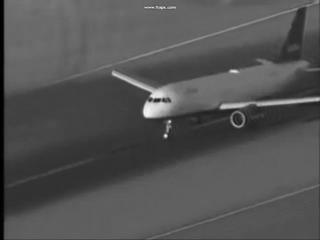 | 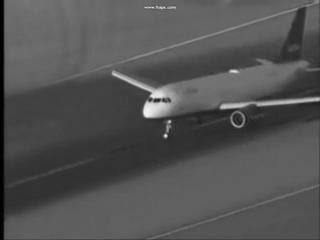 |  |
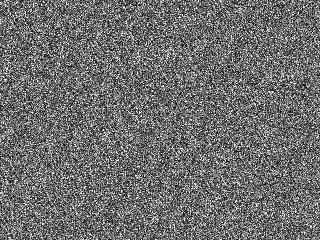 |
|---|---|---|---|---|
 | 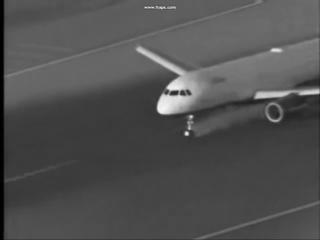 | 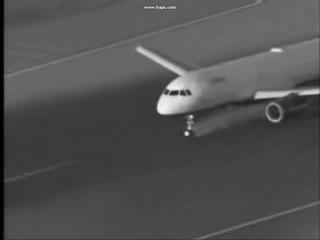 | 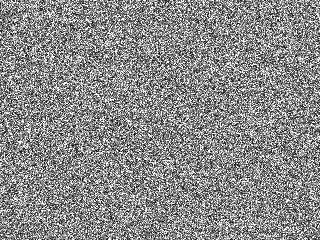 |
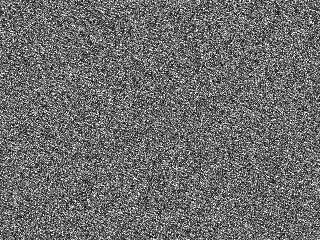 |
| Original | LRPR2 | LRPR1 | basicTWFproj | basicTWF |
As can be seen from above pictures, with as few as $m = 3n$ CDP measurements, both our methods significantly outperform basic TWFproj and basic TWF. Plane frames are of size $240 \times 320$, which version of the original plane video frames. The scale ratio was equal to $0.5$.